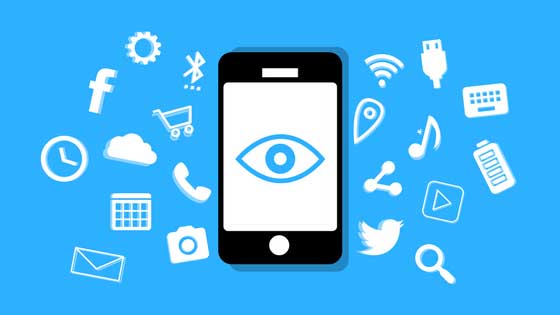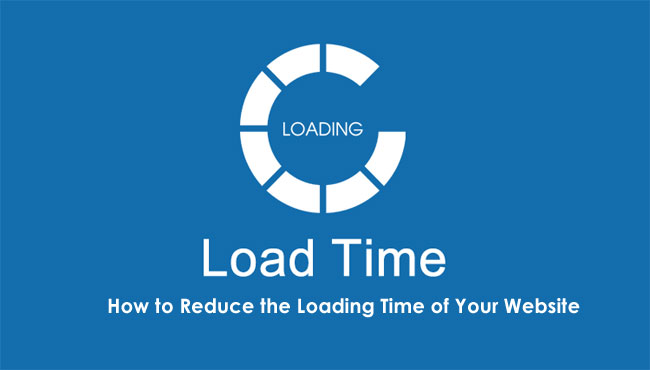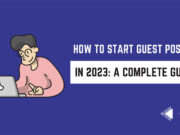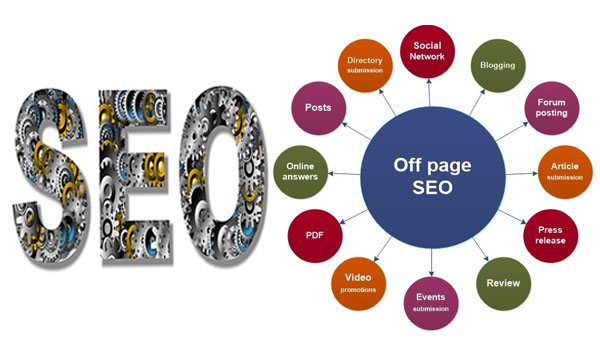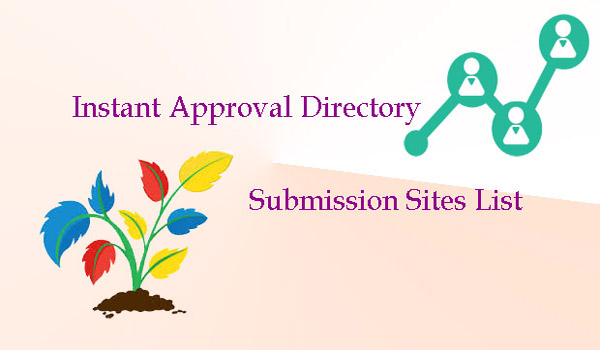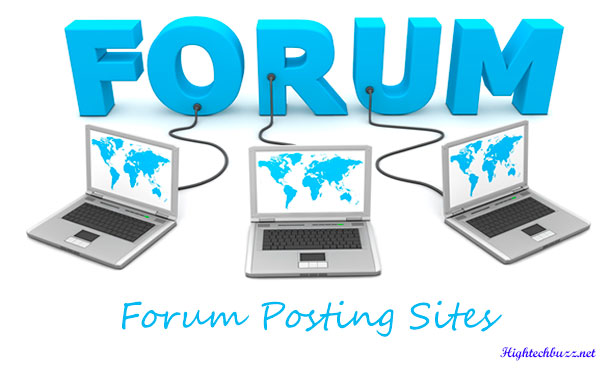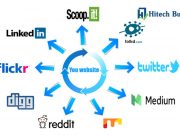In today’s customer-centric market, understanding your audience’s journey from the first point of contact to the final transaction forms the backbone of effective marketing. But how well do you understand this intricate process? Keep reading to find out more.
Understanding the Importance of the Customer Buying Journey
The customer buying journey refers to the process a consumer goes through before making a purchase. This ranges from the first time they hear about your product or service to the moment they decide to make a purchase.
Grasping this journey is more than just a marketing practice. It is the roadmap to molding marketing and sales strategies that speak to your customers at every phase.
Failure to understand this journey may lead to wasted resources targeting the wrong customers at the wrong time. Therefore, knowledge of this process can be a game-changer for your business.
Now, let’s dive deeper into the different stages of the customer buying journey and take a closer look at why they matter.
Initial Interest: The Very Top of the Funnel
The initial stage of the buyer’s journey is called the Awareness stage. This is when a potential customer learns about your product or service for the first time.
During this stage, potential clients have identified their problem, but they are not yet sure about the solution. They are searching for information, and your job is to ensure they find your business during their research.
This is essentially the first impression that your business makes on potential customers. Therefore, it’s extremely important to come across as a trusted and valuable resource.
But what happens after you grab their attention? Let’s move on to the next stage.
Evaluation and Consideration: The Middle of the Funnel
At this stage, potential customers are actively researching potential solutions to their problems. This phase is also known as the Consideration phase of the buyer’s journey.
They are on the verge of making a decision, but they are comparing your products or services to others in the market.
The goal at this stage is to showcase that your solution is exactly what the prospect needs. This can include discussions about your unique selling point or offering detailed product specifications and reviews.
At the end of the Consideration phase, the prospect is a step away from making the purchase. They move towards the bottom of the funnel, also known as the decision phase.
Final Decision: Zooming in on the Bottom of the Funnel
At this stage, the customer is ready to make a decision. They have narrowed down their choices and are looking to pull the trigger.
What they require now is the final nudge. This can include things like additional information about the product, a product demo, an irresistible deal, or an excellent customer service experience.
The bottom of the funnel is where sales conversions happen. Therefore, each interaction with the customer has to add value and drive them to make the purchase.
Now, that you understand the individual stages of the journey, let’s explore how to nurture leads through this process.
Implementing Key Strategies to Nurture Prospects Throughout the Funnel

Nurturing leads is not just about pushing them towards a sale. It is about building relationships. Only by establishing trust can you guide potential customers through their journey in a meaningful way.
This involves creating and sharing valuable content that answers their queries, addresses their concerns, and adds value. The content should be tailored for each stage of the customer journey.
Don’t underestimate the power of a well-timed email or a helpful blog post. A solid relationship-building strategy can aid in turning leads into loyal customers.
To successfully implement these strategies, get your sales and marketing teams on the same page. They should work together towards a common goal—providing a seamless journey that guides potential customers from Awareness to Decision.
Overall, understanding and strategizing for each stage of the customer buying journey is crucial. Providing the right information at the right time can not only direct your prospects down the funnel but also convert them into loyal customers. The customer buying journey is a strategic tool, so use it wisely.



